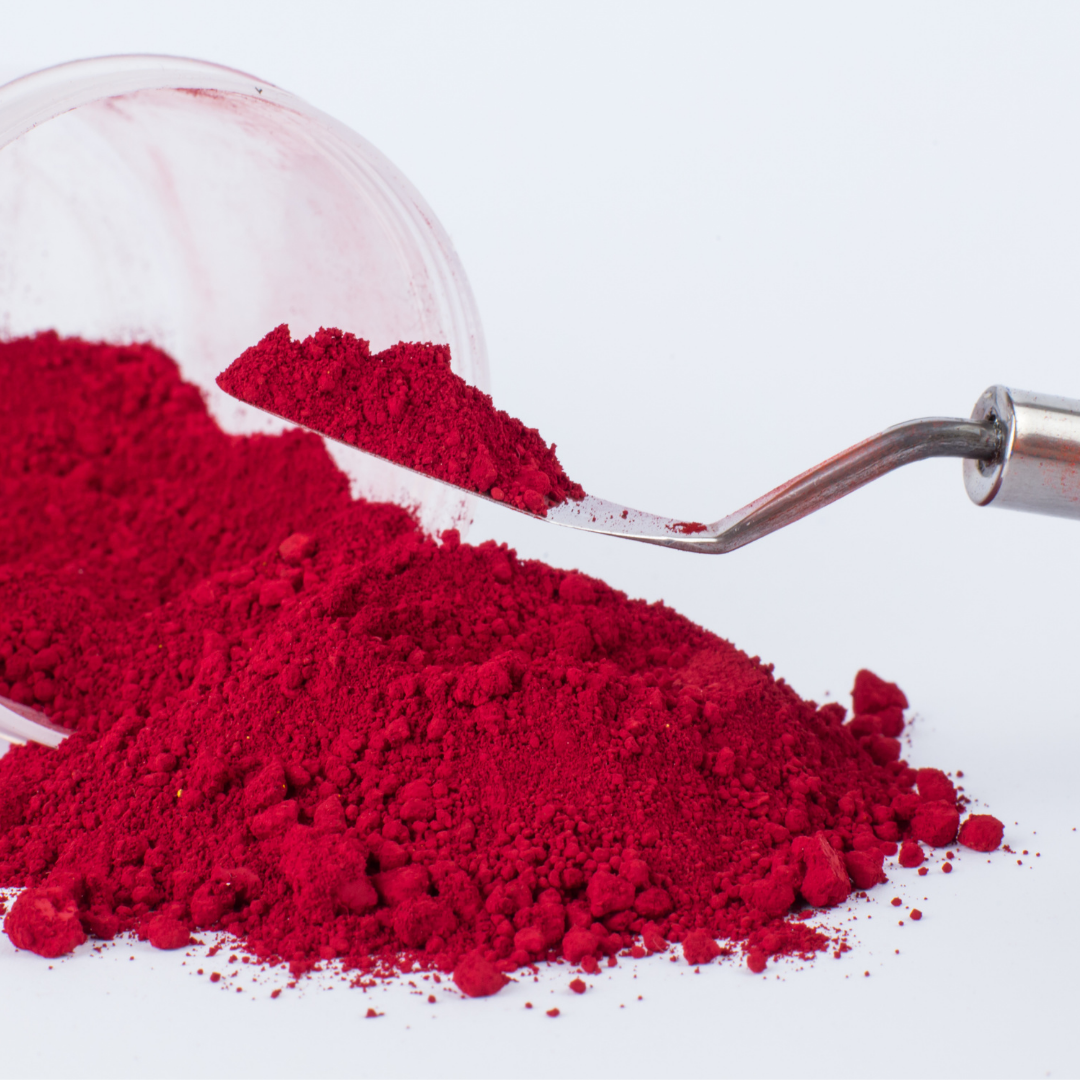A pigment, or coloring agent, is a substance that changes the color of materials it is mixed with or reacts with light to produce color. The components of any pigment are combined with other substances to form a colored body that can be used as paint, ink, dye, pigment, or colorant. A beautiful ancient pigment is getting a lot of attention as it is considered the original “pink.” The “pink” pigment was a popular way to color fabrics in the Middle Ages. Carmine, a deep red pigment, was so highly prized that it was traded at a premium, with precious stones used as a form of money. If you ask what the pigment is, you are probably a fan of the TV show “House.”
Understanding What is Carmine Pigment
Carmine is one of the most common pigments used in paints, and it was first discovered by the ancient Romans. The word “carmine” comes from the Latin word carnem, meaning “flesh,” and it is thus the same as the red pigment carmine extracted from the stem of the carmine beetle. Carmine has been used for centuries in paints, as it serves as a dye for the color red and provides it with the red hue it has. Originally, it was used for pigments to dye the flesh of animals, when it was first discovered by the ancient Romans, who used it to color their clothes for decoration. Carmine is a rare red pigment found in the shells of some sea snails. While the name is often associated with red food coloring, the pigment is often used in cosmetics and other products because of its ability to impart a distinctive red color to many metals.
Carmine pigment is a natural red dye that has been used historically in many forms. Its use in art is mostly associated with the European Renaissance, where it was used in painting the robes of Catholic priests. Although the pigment is derived from a common fruit, it was not used as a food coloring until the 20th century. It is known that, in ancient times, the Egyptians used a red pigment called carmine to color their pharaoh’s garments. It was this color or a derivate of it that was later called carmine pigment. Carmine, or cochineal, is also used in food coloring today. It is usually made from the dried bodies of a beetle called the cochineal, which is native to Mexico and the southwestern regions of the United States.
Carmine pigment is derived from the carmine insect, a small, bright-red, edible insect found in India, Indonesia, and Sri Lanka. It is found as a red pigment in cherries and other dark-colored foods. It is also used as a food coloring and a coloring agent in paint. There are three main types of carmine pigments used in food coloring: cochineal, carminic acid, and carminic acid sulfate.
Carmine Pigment (Carmine) is a chemical compound, and it is regarded to be one of the best pigments to use in art. It is often used as a red-orange pigment, but it can also be used in other colors, such as yellow, purple, and blue. Because of the intensity and quality of the color, it is used in red, orange, yellow, green, and violet clothes. It is thought that the color is created when the chemical (Carmine) reacts with the aluminum (Al) in the pigment.
Carmine pigment is the coloring agent used in coloring food products, such as chocolate, food dyes, candy, and food coloring. Carmine pigment is the most widely used food colorant in the world, and it is also the world’s most popular food coloring, appearing in 10 times more food products than all the other food colors combined. The color of a diamond is unique to every single gemstone. The color of a diamond is an incredibly important part of a diamond’s value, but what exactly is the color of a diamond? The answer to that question is actually quite complex. If you think about the color of a diamond, you might be able to relate it to a flame because the color of a diamond is determined by the presence of two different types of chromophores: nitrogen and carbon. The combination of these two elements is what gives a diamond its unique color.
